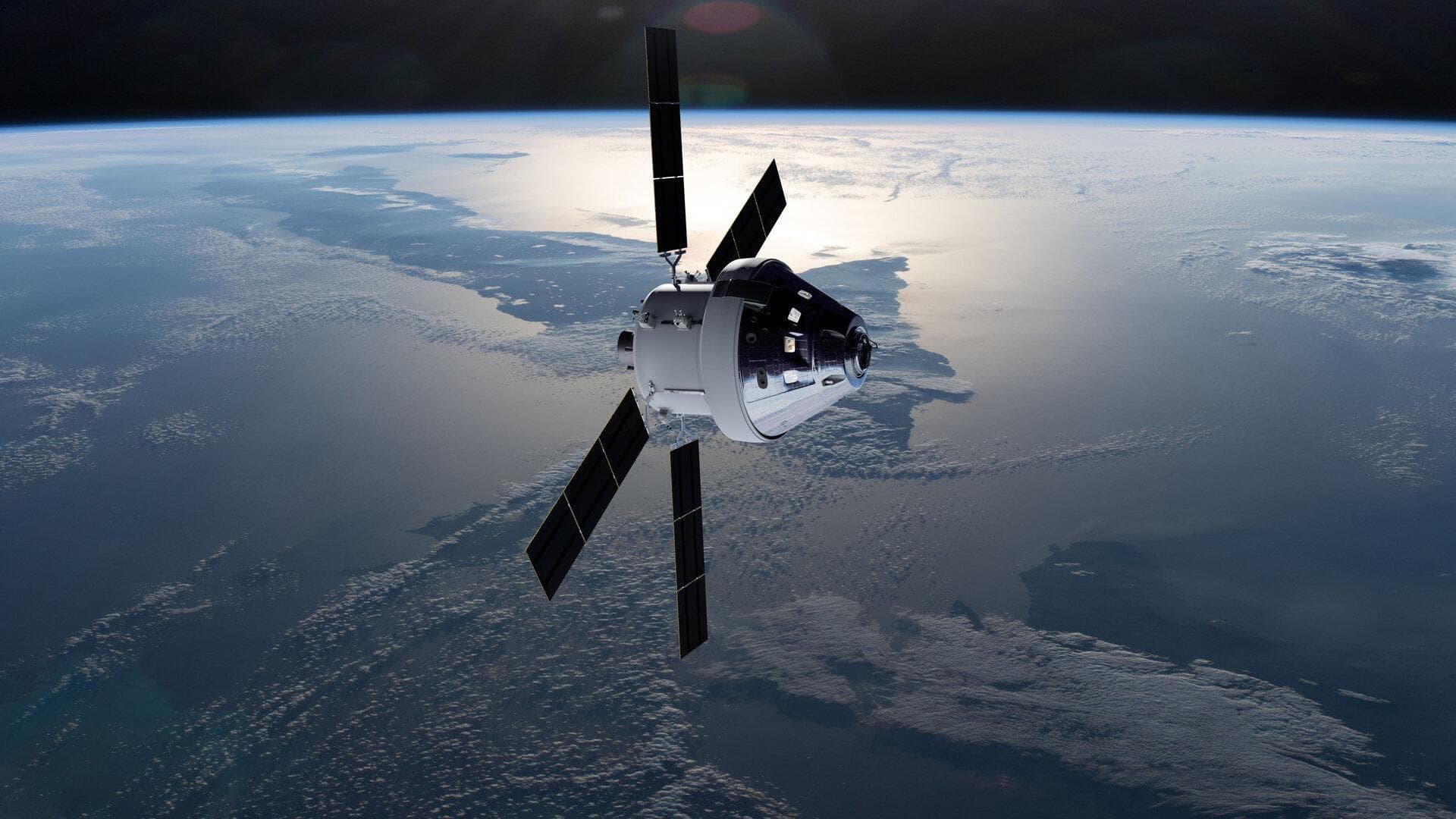
NASA now a step closer to returning humans to Moon
What's the story
NASA is making progress on its Artemis 2 mission, which will send astronauts on a journey around the Moon for the first time in over half a century.
A major milestone was recently achieved at Kennedy Space Center in Florida, where technicians integrated the core stage of the Space Launch System (SLS) rocket with its solid boosters.
The core stage, which stands at an impressive 65 meters and weighs around 94,000kg, forms the backbone of the SLS rocket.
Mission details
Core stage to support various components
The SLS rocket's core stage will support multiple elements, including the launch vehicle stage adapter and the Orion spacecraft.
The Orion spacecraft will take four astronauts on a 10-day mission around the Moon.
This Artemis 2 flight will be NASA's first crewed flight under its Artemis program, which is a step toward setting up a sustainable human presence on the Moon's surface and preparing for future Mars missions.
Project timeline
Launch date moved up to February 2026
The integration process occurred within the Vehicle Assembly Building, where the teams utilized overhead cranes to place the core stage between stacked solid rocket boosters.
This move is one of the several steps leading to Artemis 2's expected launch, now scheduled for February 2026—two months earlier than previously planned.
This fast-tracking highlights NASA's determination to address past delays due to safety and technical issues.
Mission preparation
Astronauts undergo rigorous training
As preparations are underway, astronauts are engaged in simulations and training exercises to make sure they're prepared for every aspect of the mission. The Artemis 2 flight will not just test critical systems but also lay groundwork for future Moon landings and deeper space exploration.